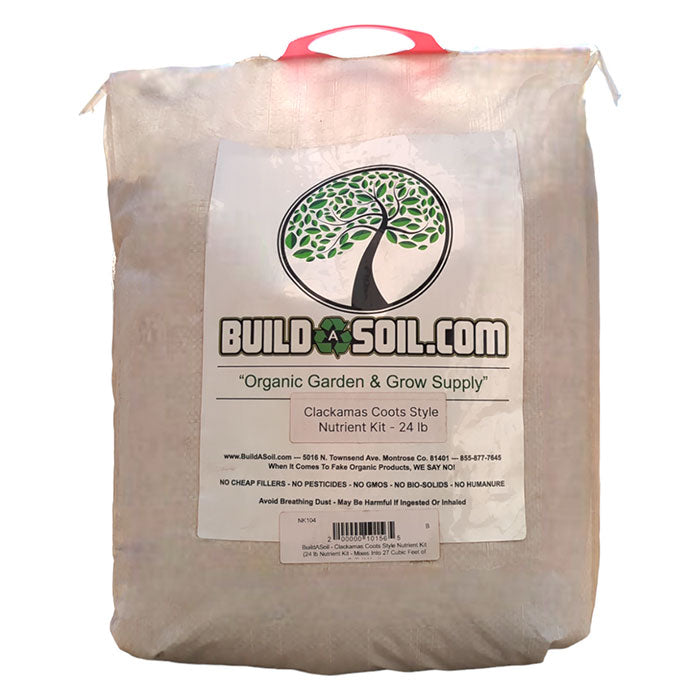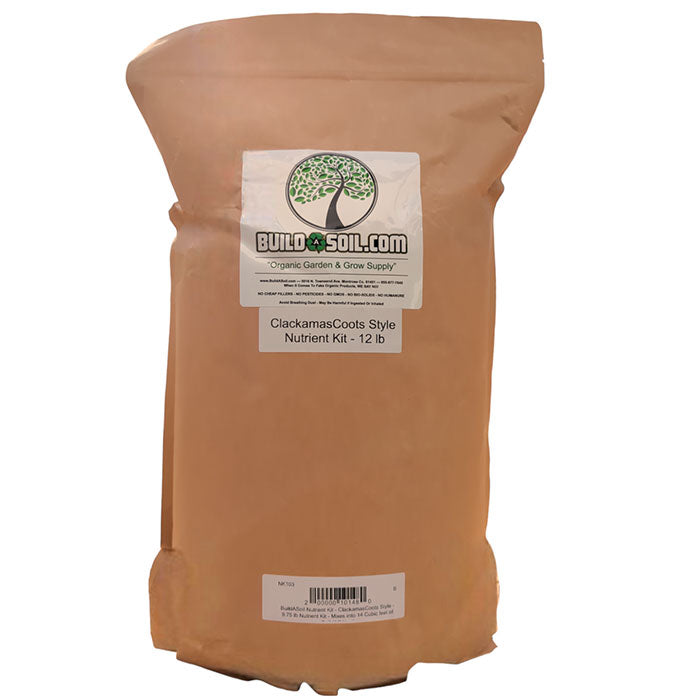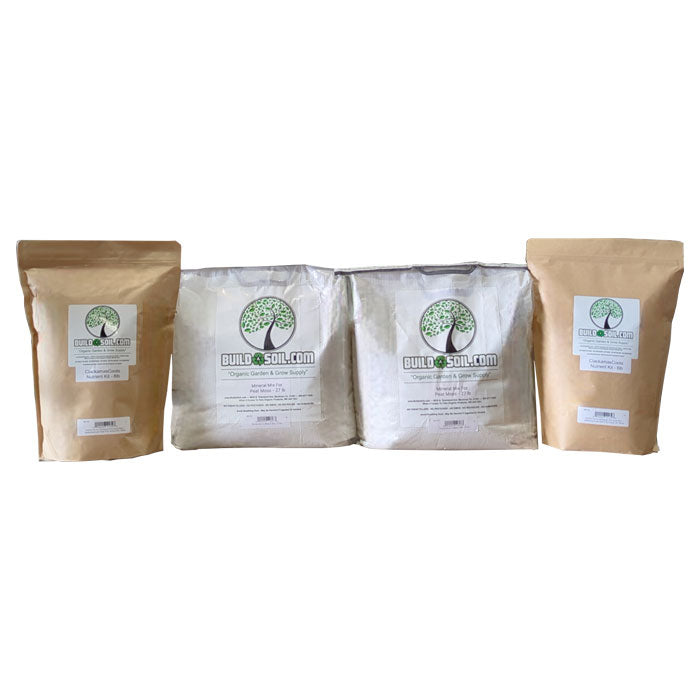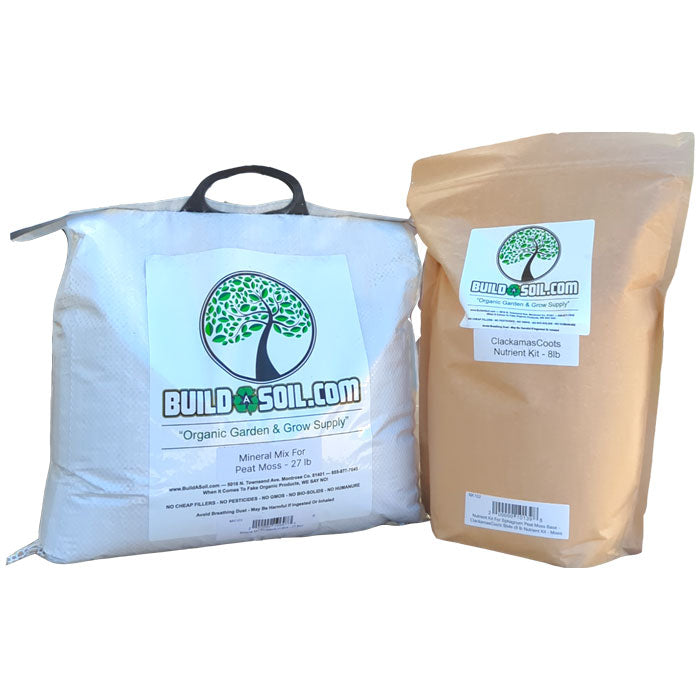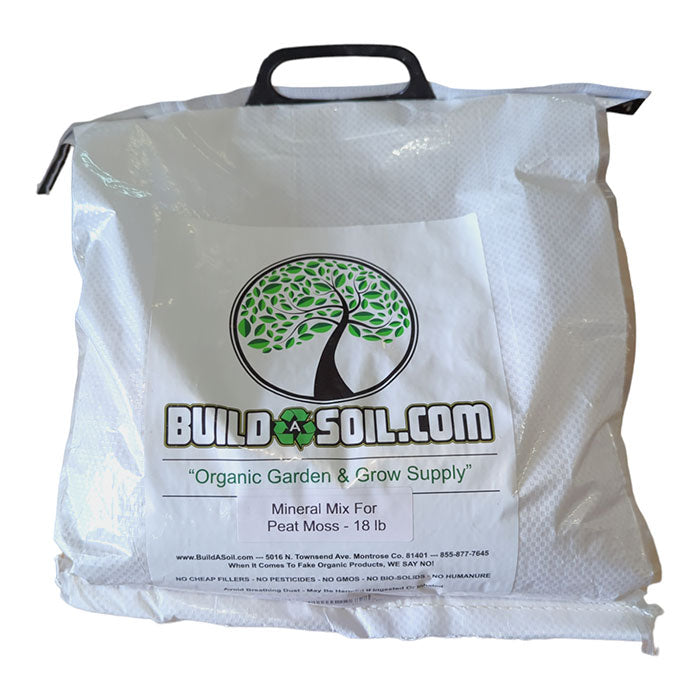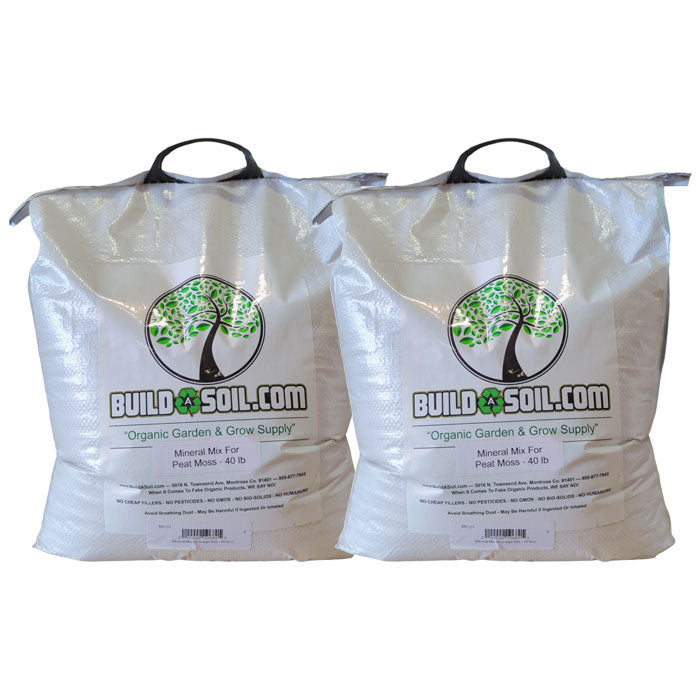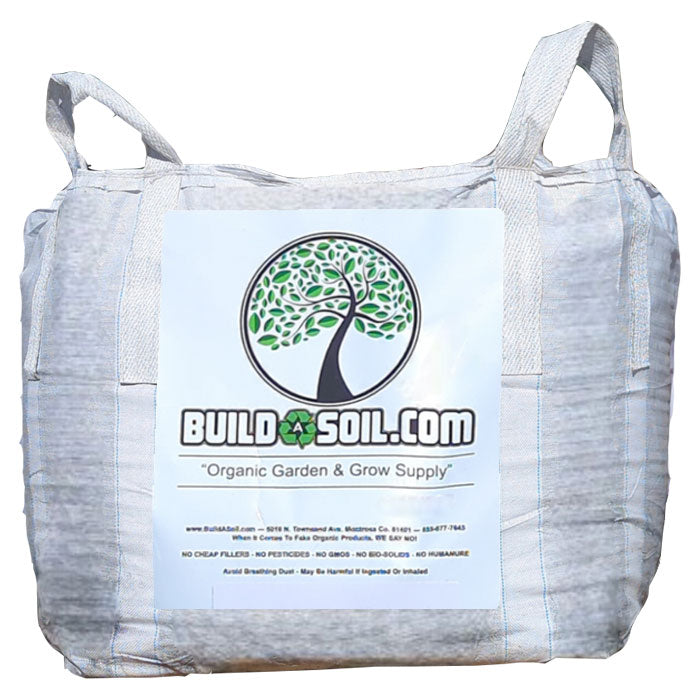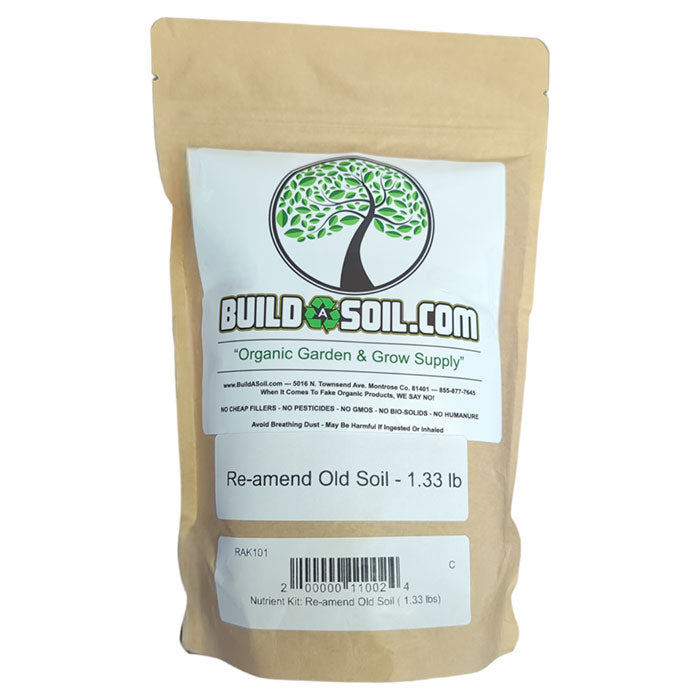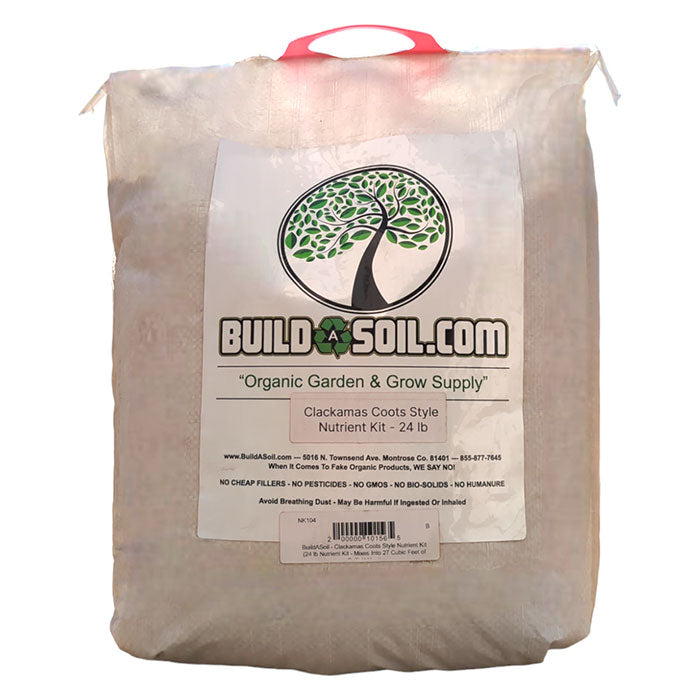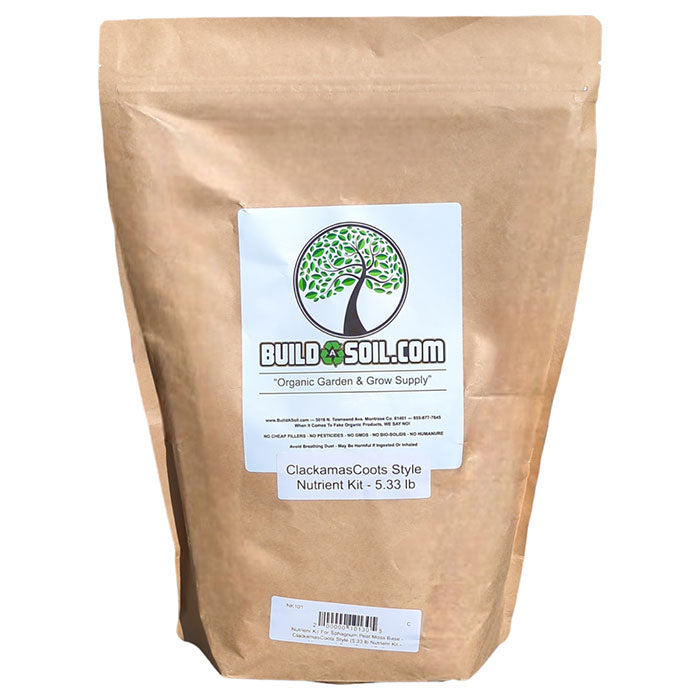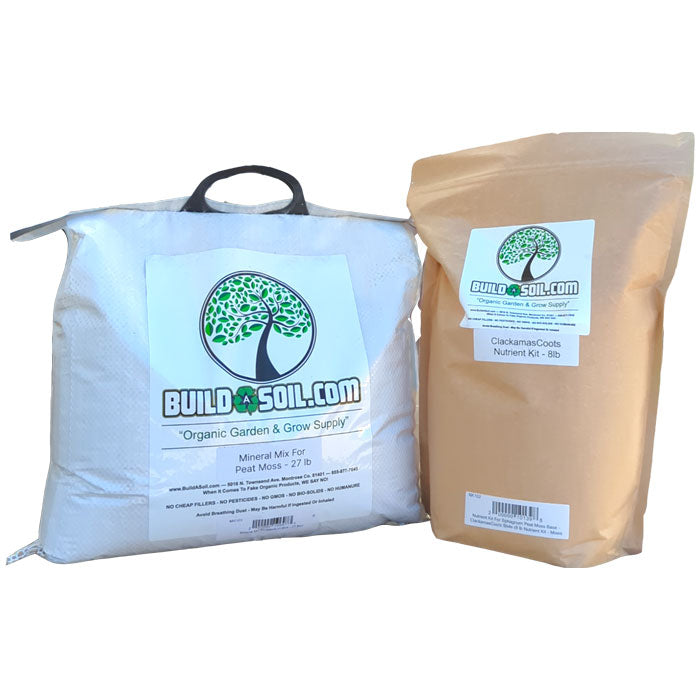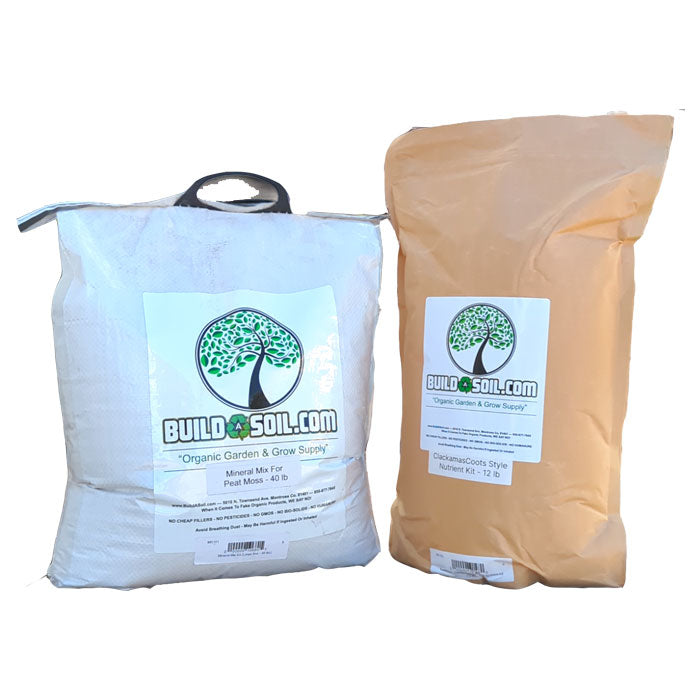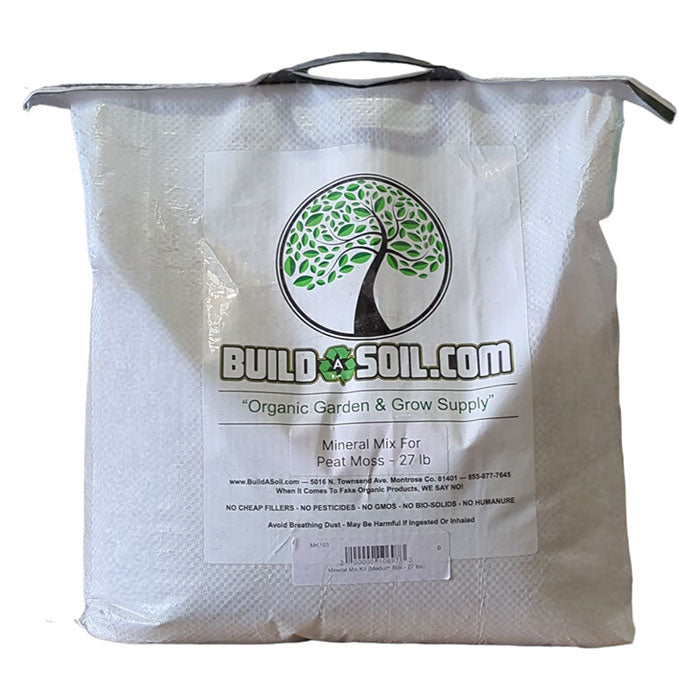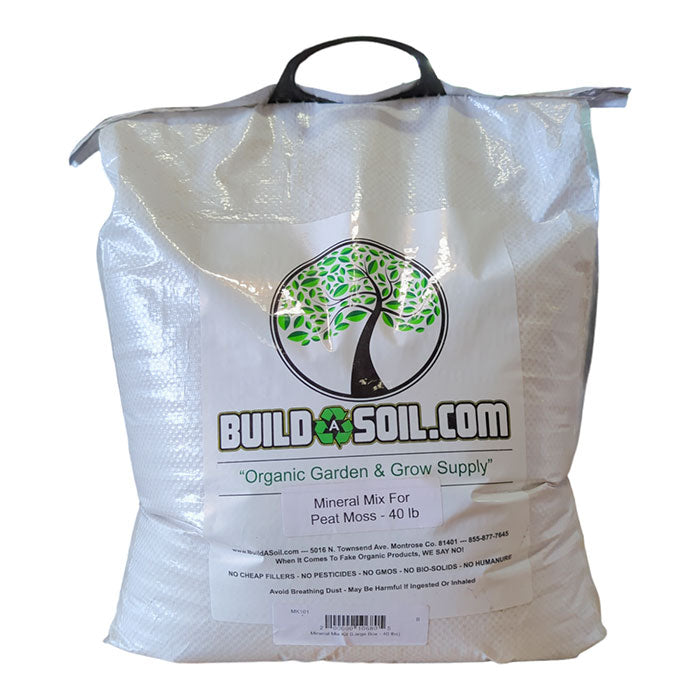Soil is the backbone of any garden, supporting plant life by providing nutrients, water, and a structure for roots. However, not all soil is created equal. Many gardeners face the challenge of poor soil quality, which can hinder plant growth and health. This is where knowing how to build soil becomes crucial.
Soil building, or the process of improving soil structure and fertility, is fundamental for creating a vibrant and productive garden.
What is Soil Building?
Soil building is the practice of enhancing the physical, chemical, and biological properties of soil. It involves amending the soil with organic matter, managing soil pH, and fostering a healthy ecosystem below the ground. This process turns subpar earth into a rich, nutrient-dense medium that supports robust plant growth.
Why is Soil Building Important?
The benefits of proper soil building are manifold. Healthy soil retains water more efficiently, reducing the need for frequent watering. It also supports a diverse community of microorganisms that break down organic matter into nutrients plants can absorb.
Furthermore, improved soil structure prevents erosion and compaction, ensuring that roots have the space to grow and access oxygen. Essentially, building healthy soil is an investment in your garden's future productivity and sustainability.
How to Build Soil in Your Garden
Building soil is not a one-time task but an ongoing process. Here are key strategies to enhance your garden's soil:
- Incorporate Organic Matter: Adding compost, aged manure, or leaf mold increases soil fertility and improves texture. This is the cornerstone of soil building, supplying essential nutrients and fostering beneficial microbial activity.
- Practice Crop Rotation: Rotating crops prevents soil depletion and reduces pest and disease build-up. Different plants have varying nutrient needs and contribute differently to soil health.
- Utilize Cover Crops: Growing cover crops, such as clover or rye, in the off-season protects and enriches the soil. These plants add organic matter, prevent erosion, and can fix nitrogen in the soil, reducing the need for chemical fertilizers.
- Maintain Proper pH Levels: Soil pH affects nutrient availability. Test your soil and adjust the pH as needed using lime (to raise pH) or sulfur (to lower pH).
- Mulch Your Beds: Mulching with organic materials not only conserves moisture but also breaks down over time, contributing to soil health.
- Limit Soil Disturbance: Minimize tilling and digging to preserve soil structure and protect microbial life. No-dig or reduced-till methods are beneficial for building soil over time.
Understanding and implementing soil building and its principles are key to achieving a lush, thriving garden. By enriching the soil through amendments, crop rotation, cover crops, pH management, mulching, and minimal disturbance, gardeners can create a sustainable environment that supports healthy plant life.
Remember, the effort you put into building your soil is directly reflected in the health and vitality of your garden. Happy gardening!
